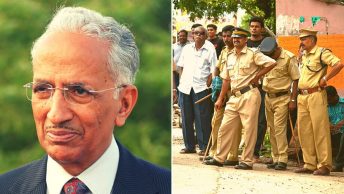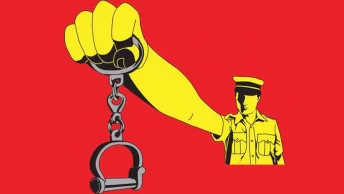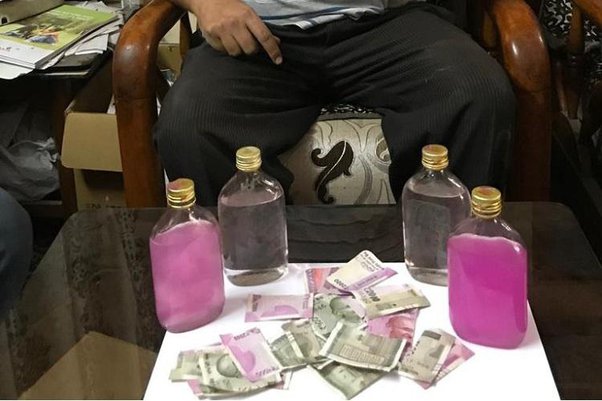Aparjita Bill has introduced harsher punishments for rape in West Bengal. However, in doing so, it has blurred the distinction between aggravated and non-aggravated forms of rape, ignoring the...
The article examines the ongoing difficulties in appointing DGPs in India, with a focus on the worrying trend of State governments violating Supreme Court orders aimed at ensuring a stable and merit...
The SC in the case of Ritu Chhabria v. Union of India held that incomplete chargesheets filed by investigative authorities to deny regular bail violate rights of an accused. This decision was...
This article delves into the intricate complexities surrounding the imposition of bail conditions under Section 167 of the Code of Criminal Procedure (CrPC) in India and their profound implications...
Introduction India, in the recent times, has been at the receiving end of several attacks of online extortion with latest one being the Instant loan app blackmail case. With around 2.8 thousand cases...
Summary: This article delves into the recent criminal law bills introduced in India, specifically focusing on the proposed replacement for the sedition law. It critically analyzes the transition from...
Netflix's Delhi Crime Season 2 highlights the manner in which the De-Notified Tribes (“DNTs”) are perceived by different institutions of the Indian state and society. A re-examination of the...
In this explainer, our analyst Ishika Garg writes on all the challenges raised against the UAPA in the past in light of the upcoming Supreme Court hearing of a recent petition challenging the...
Ashwani employs textual and conceptual analysis of provision-specific exceptions to rebut Justice Harishankar’s arguments that the MRE forms a part of the main definition clause. He argues that the...
The phenolphthalein test is prevailingly used by the ACB for investigating a 'corrupt' public servant. However, the self-incriminating nature of the test attracts the vice of unconstitutionality...










